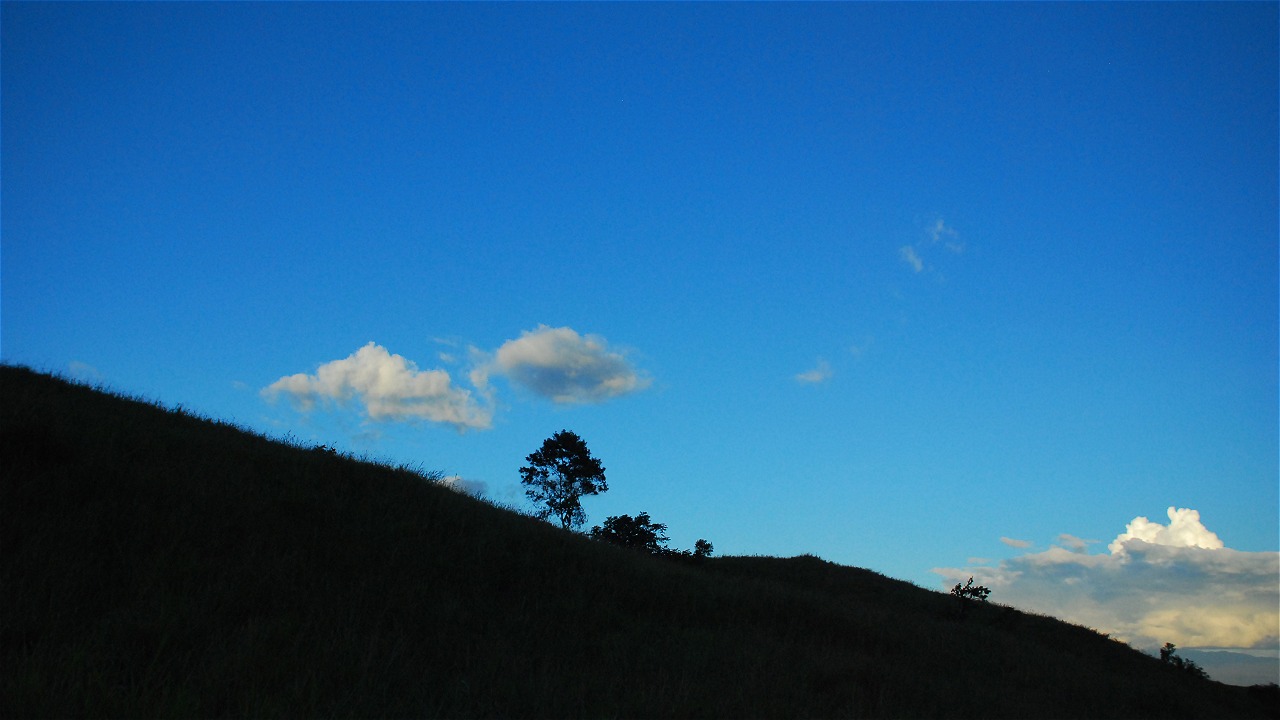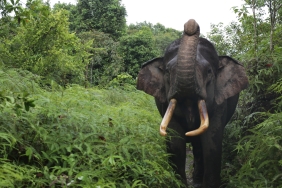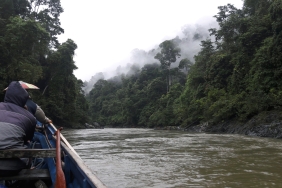A BEAUTIFUL HONEY SUCKER THAT IS VULNERABLE IN THE WILD
By: Deddy R. Luanmasar (Coordinator Park Management Papua Program)
The Lorentz National Park area in Papua is home to about 45 species of birds with limited distribution and nine of them are endemic. One of them is the endemic species of beautiful honey sucker (Macgregoria pulchra). The bird can only be found in the bushes of the sub-alpine zone and the Princes Willem V Range and also in the Trikora area (WWF-Indonesia Lorentz, 1996). This bird is known by the public as cenderawasih elok madu. This is not wrong, as the bird was previously categorized in the Paradiseae family of birds of paradise. However, bird researchers once encountered this bird sucking honey from flowers, so this bird was included in honey-sucking birds (melifaagidae), and eventually included in the Meliphagidae family.
Based on the results of habitat and population surveys of birds of paradise around Danau Habema in the Lorentz National Park area, there are several activities that pose a threat to its population. Although the bird's habitat is included in the core zone of Lorentz National Park, it turns out that the community is still logging wood, which is not only for their own use, but also sold to other parties.
Threats also come from the opening of roads in the area that connect several cities and new expansion districts that cross the east and west sides of Danau Habema. The impact of the existence of roads in the area in addition to facilitating community development efforts, also facilitates access to hunting this bird for consumption because of its relatively large size and weight.
The construction of the road has also led to habitat fragmentation. This habitat fragmentation can increase the occurrence of edge effects in the form of decreased air humidity, drying of litter that can cause stress to some existing vegetation. A further consequence is the reduction of food for beautiful honey suckers and other birds. Habitat fragmentation can even lead to birds becoming more stressed and forced to migrate to more suitable and safer places.
Not only that, the natural threat is the death of habitat trees in several places simultaneously with an area of 1 to 2 hectares. From the results of careful observation, no burn marks such as charcoal were found on the trunks of trees that had died, so it was confirmed that the death of habitat trees was not due to forest fires. According to information from the community, these deaths are normal due to weather changes. Whether these deaths are related to the occurrence of temperature changes in the form of increased temperatures or what is known as the impact of global warming, there needs to be further data and research related to this.





